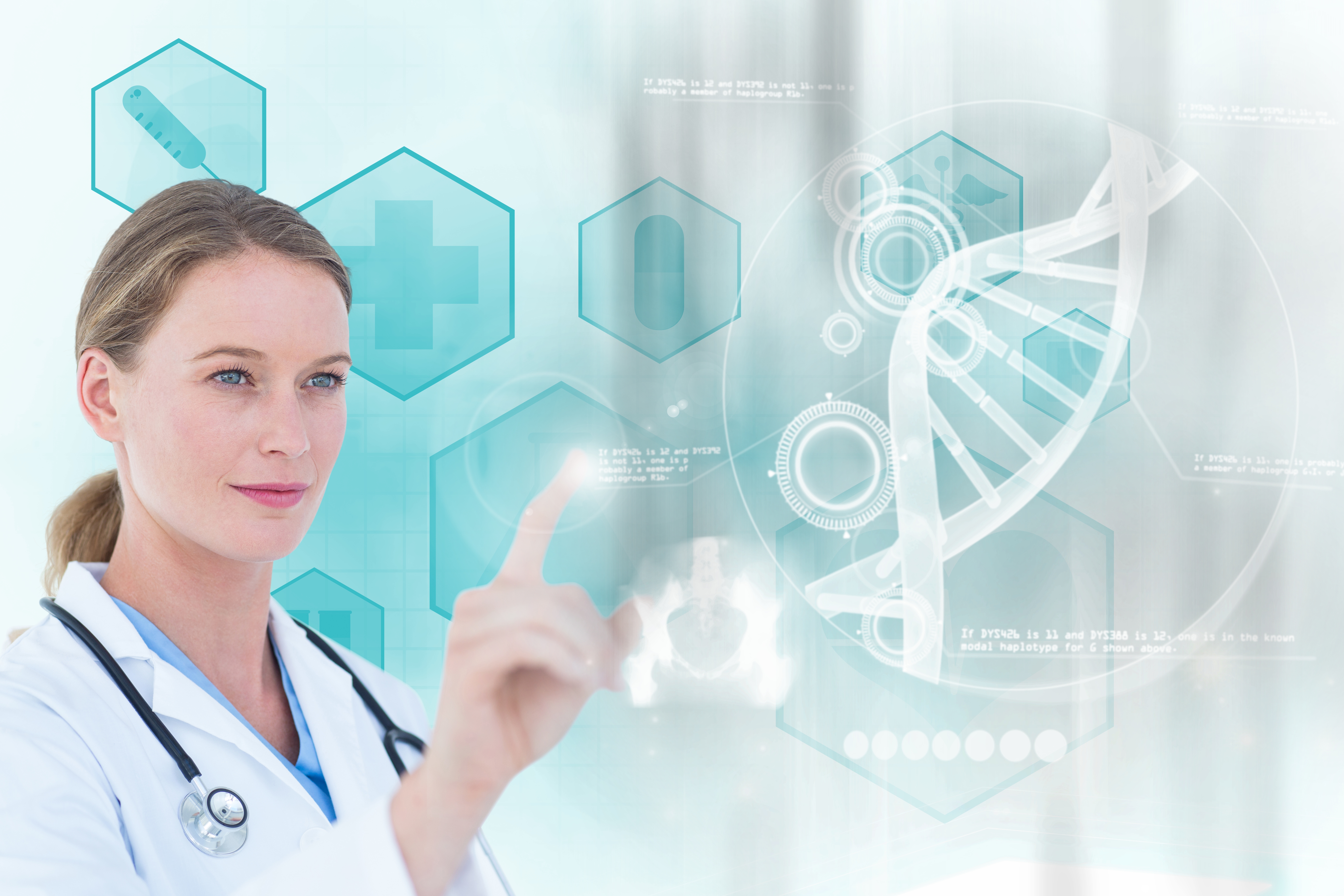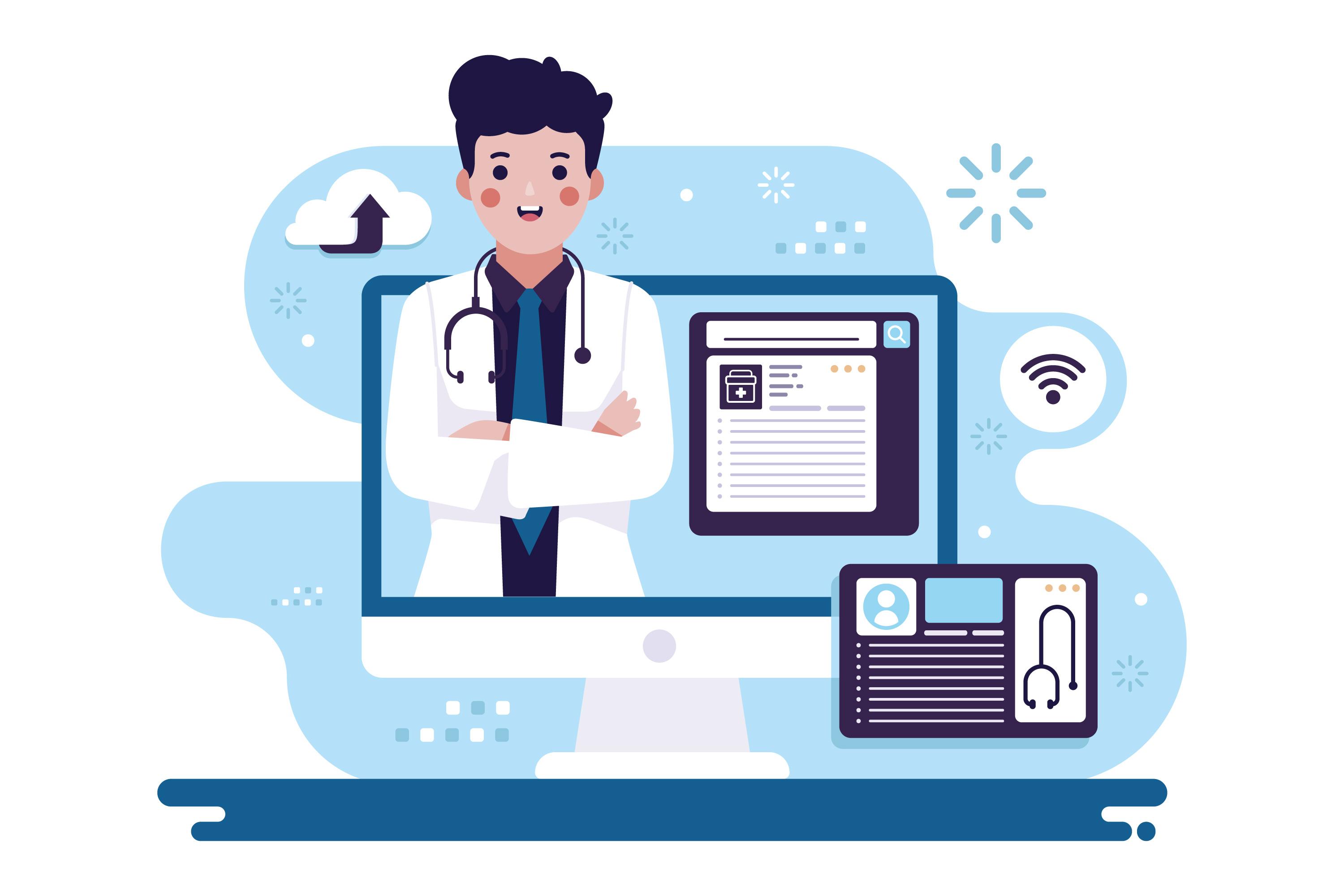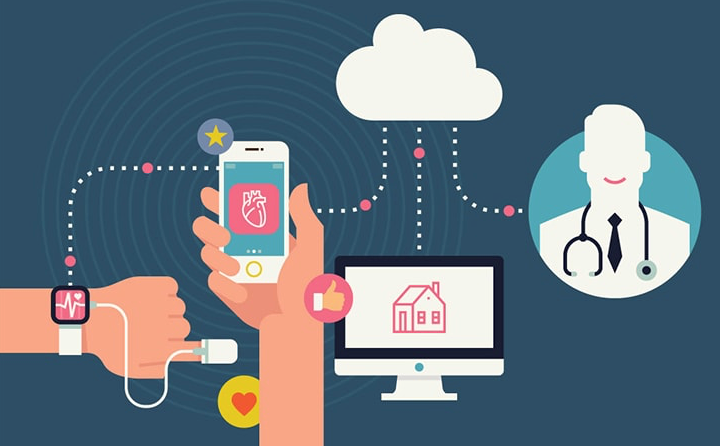HEALTH AND ENVIRONMENT
IoT technology has become an integral part in all business sectors. The healthcare industry is facing slowdown while the cost of healthcare services goes up annually. As the longevity of various world populations increases day by day, but with increasing number of patients and basic public health services not accessible to all, IoT is considered an option for solving these issues.
Although IoT has not been shown effective to delay aging and treat diseases, the system enables healthcare services to be accessible to more people, reducing costs in the long run.
Today�s rising costs of diagnostic and related activities usually occur in hospitals. However, IoT features an ability to reduce these activities by enabling high-precise diagnostic procedures without the need for patients to travel to hospitals and with the possibility to bring the usual in-hospital checkup routine to patient�s homes. In the future when IoT technology can be fully functional, patients will be better treated and physicians will be able to perform more efficiently.
Real-time connectivity through connected devices can save lives in emergency medical cases such as heart failure, diabetes and asthma. Sensors collect and transfer health data including blood pressure, levels of oxygen and blood glucose, weight and the electrical activity of the heart (electrocardiogram).
Health data is stored on cloud and shared to relevant stakeholders including physicians, insurance companies, healthcare firms and participating health institutes or healthcare advisors. This gives them the visibility to recorded data so that they can evaluate health conditions and customize care for individuals without the need to visit the hospital or institute.
IoT technology also enables physicians to track and send alerts directly to patients (especially in life-threatening cases) and instantly transfer data to relevant persons.



